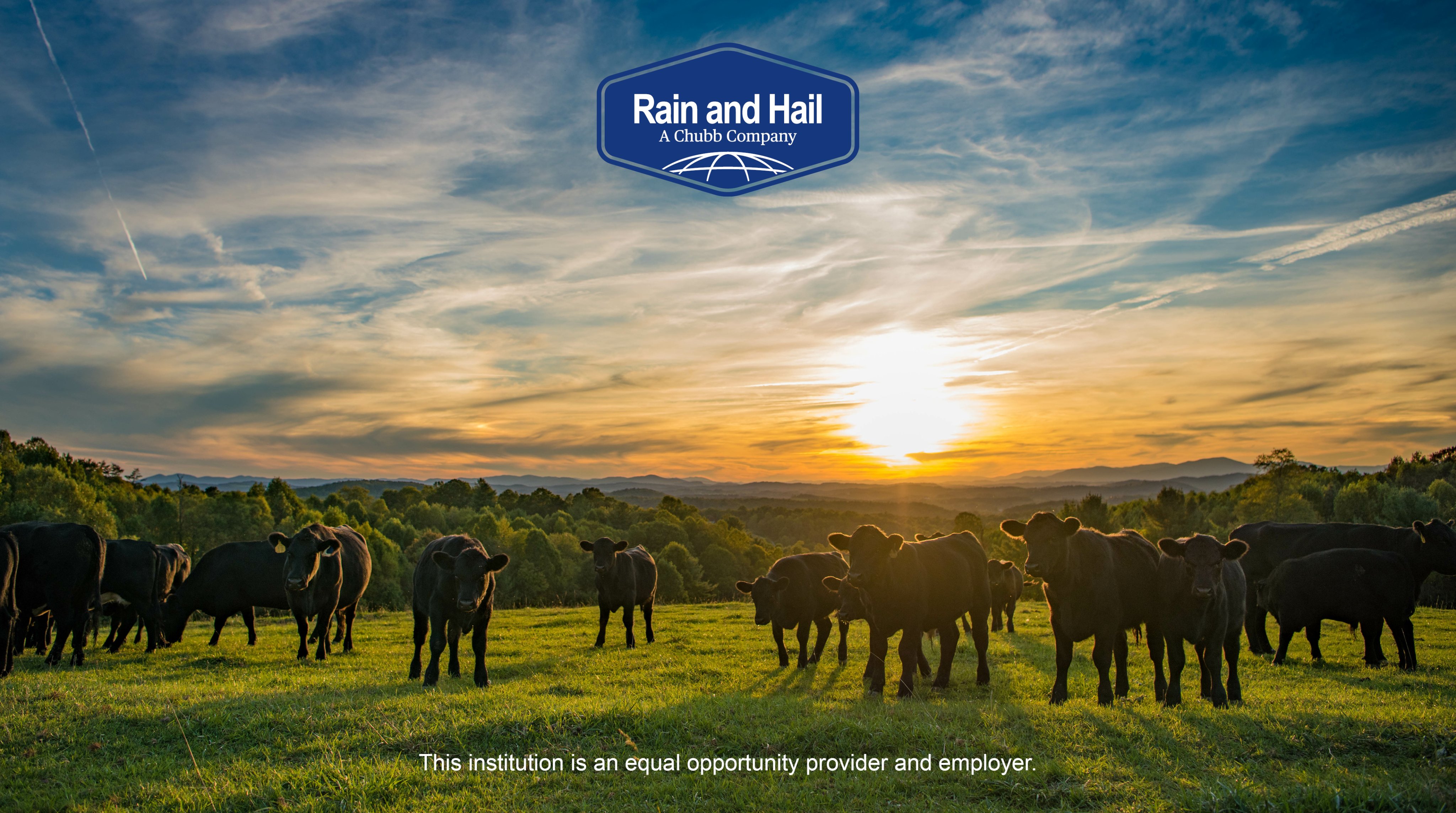Comprehending Animals Risk Security (LRP) Insurance Policy: A Comprehensive Guide
Browsing the world of livestock danger protection (LRP) insurance coverage can be a complex undertaking for many in the farming market. From exactly how LRP insurance policy functions to the various protection options readily available, there is much to discover in this comprehensive overview that could potentially shape the means animals manufacturers approach danger management in their services.

How LRP Insurance Coverage Functions
Periodically, recognizing the technicians of Livestock Risk Protection (LRP) insurance policy can be intricate, however breaking down just how it functions can provide clarity for farmers and breeders. LRP insurance is a danger management tool created to safeguard animals manufacturers against unforeseen cost declines. The plan permits producers to establish an insurance coverage degree based upon their particular demands, picking the variety of head, weight array, and coverage cost. As soon as the plan is in location, if market rates fall below the insurance coverage rate, producers can sue for the difference. It is very important to keep in mind that LRP insurance policy is not a revenue warranty; instead, it concentrates entirely on rate danger security. The coverage duration commonly varies from 13 to 52 weeks, supplying flexibility for producers to choose a duration that aligns with their manufacturing cycle. By making use of LRP insurance policy, herdsmans and farmers can minimize the financial dangers connected with rising and fall market costs, making sure higher stability in their operations.
Qualification and Insurance Coverage Options

When it involves coverage alternatives, LRP insurance supplies producers the versatility to select the protection degree, insurance coverage period, and recommendations that best fit their danger administration demands. Coverage degrees generally vary from 70% to 100% of the expected ending value of the insured animals. Manufacturers can likewise pick protection durations that line up with their manufacturing cycle, whether they are insuring feeder livestock, fed livestock, swine, or lamb. Endorsements such as rate threat defense can further customize protection to safeguard versus negative market variations. By comprehending the eligibility standards and insurance coverage alternatives available, animals producers can make informed choices to manage danger efficiently.
Advantages And Disadvantages of LRP Insurance Coverage
When assessing Animals Risk Defense (LRP) insurance policy, it is vital for livestock producers to evaluate the benefits and downsides integral in this danger monitoring tool.

One of the main benefits of LRP insurance coverage is its ability to provide security against a decline in animals prices. In addition, LRP insurance coverage uses a degree of flexibility, allowing manufacturers to customize coverage degrees and policy periods to fit their specific needs.
Nevertheless, there are likewise some downsides to think about. One limitation of LRP insurance coverage is that it does not secure versus all types of threats, such as condition break outs or natural calamities. Moreover, costs can sometimes be expensive, specifically for manufacturers with large find more information livestock herds. It is crucial for manufacturers to thoroughly evaluate their specific threat exposure and economic scenario to identify if LRP insurance coverage is the best danger monitoring device for their operation.
Understanding LRP Insurance Premiums

Tips for Optimizing LRP Advantages
Making the most of the benefits of Livestock Threat Security (LRP) insurance policy requires critical preparation and positive danger monitoring - Bagley Risk Management. To take advantage of your LRP insurance coverage, take into consideration the following tips:
Routinely Examine Market Conditions: Remain notified concerning market patterns and price variations in the animals industry. By monitoring these factors, you can make informed decisions regarding when to buy LRP coverage to shield against possible losses.
Set Realistic Insurance Coverage Degrees: When picking protection degrees, consider your manufacturing costs, market worth of animals, and possible risks - Bagley Risk Management. Setting sensible insurance coverage degrees guarantees that you are appropriately shielded without overpaying for unneeded insurance coverage
Expand Your Coverage: Rather of counting solely on LRP insurance coverage, take into consideration diversifying your danger administration techniques. Combining LRP with other threat management tools such as futures agreements or alternatives can give detailed insurance coverage against market unpredictabilities.
Testimonial and Adjust Protection Frequently: As market problems change, periodically evaluate your LRP protection to ensure it straightens with your current threat exposure. Changing coverage degrees and timing of acquisitions can assist maximize your threat security strategy. By following these suggestions, you can maximize the benefits of LRP insurance and secure your animals operation against unexpected risks.
Verdict
Finally, animals threat protection (LRP) insurance policy is a useful device for farmers to manage the economic risks related to their animals procedures. By recognizing just how LRP functions, qualification and insurance coverage choices, as well as the advantages and disadvantages of this insurance, farmers can make educated choices to secure their source of incomes. By very carefully considering LRP costs and implementing approaches to optimize benefits, farmers can minimize potential losses and ensure the sustainability of their procedures.
Livestock manufacturers interested in getting Animals Danger Security (LRP) insurance can check out a range of qualification criteria and insurance coverage choices learn this here now customized to their certain animals operations.When it comes to coverage alternatives, LRP insurance offers manufacturers the versatility to select the coverage level, insurance coverage period, and recommendations that finest fit their threat management requirements.To understand the ins and outs of Animals Risk Protection (LRP) insurance totally, understanding the aspects affecting LRP insurance policy premiums is important. LRP insurance costs are figured out by various elements, consisting of the coverage level chosen, the anticipated price of animals at the end of the insurance coverage duration, the type of livestock being guaranteed, and the size of the protection duration.Testimonial and Change Coverage Routinely: As market problems change, regularly assess your LRP coverage to guarantee it straightens with your existing threat exposure.